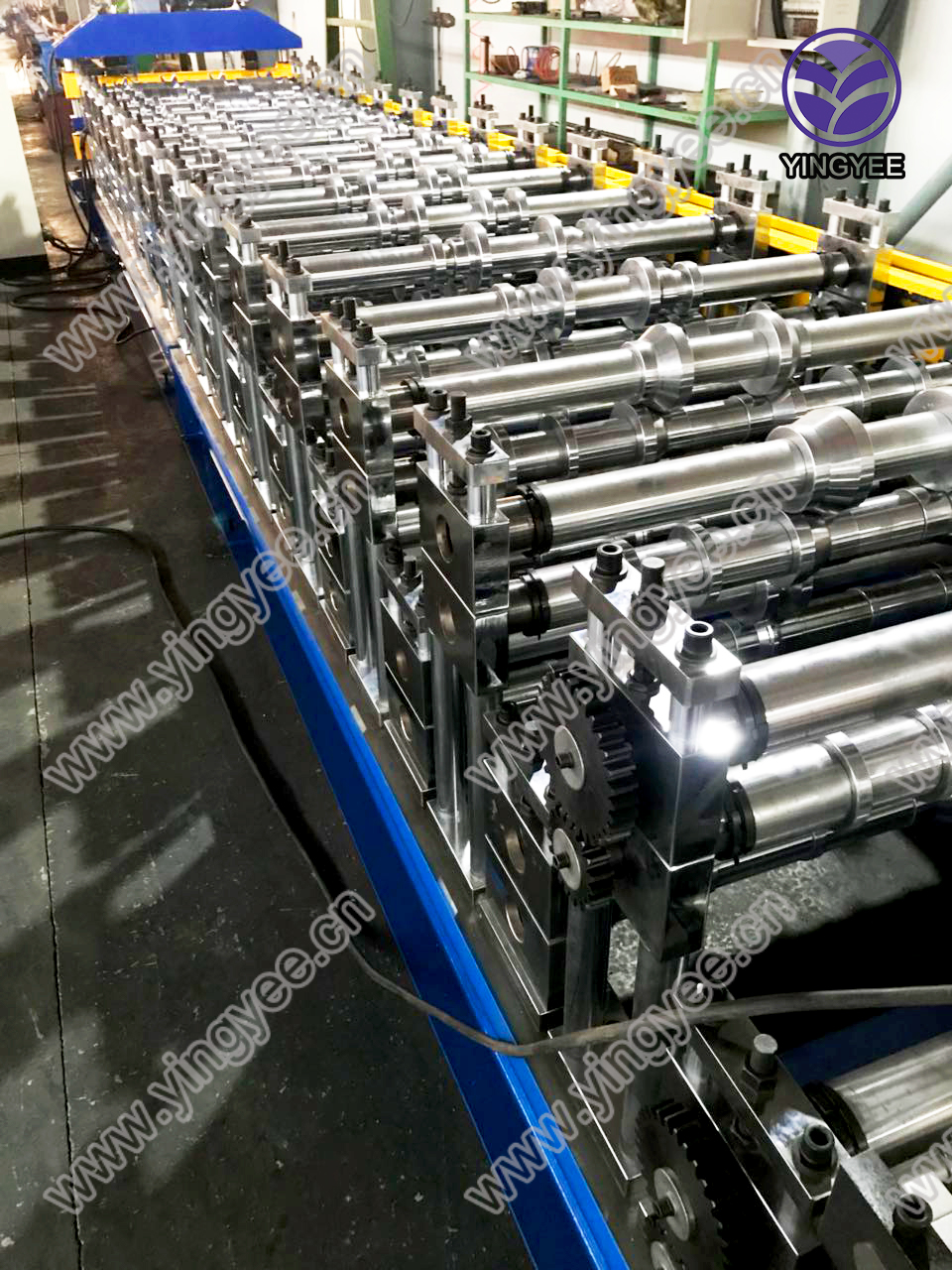
The Evolution of Roller Shutter Door Panels Understanding Roll Forming Machines
In recent years, roller shutter doors have gained significant traction in various industries due to their security benefits, space efficiency, and ease of use. These doors are constructed using high-quality panels or slats that provide robust protection while allowing easy access for users. The process of manufacturing these panels has evolved, thanks in part to advances in technology, specifically roll forming machines. This article delves into the intricacies of roller shutter door panels, the roll forming process, and the advantages of using this technology in production.
Understanding Roller Shutter Door Panels
Roller shutter doors are primarily made up of a series of horizontal slats or panels that roll up and down to open and close the door. These panels are typically made from materials like steel, aluminum, or PVC, depending on the application and required strength. The design of the slats can vary, but their collective structure is crucial for the door's durability and functionality. Roller shutter doors are commonly used in warehouses, retail outlets, garages, and security-sensitive locations, making their manufacturing process pivotal to ensuring quality and safety.
The Role of Roll Forming Machines
The production of roller shutter door panels largely relies on roll forming machines. These machines facilitate the continuous bending of metal sheets or strips into predetermined shapes and profiles. The roll forming process offers several advantages, making it an ideal choice for manufacturing roller shutter panels.
1. Customization Roll forming machines can be easily customized to produce slats of various profiles and thicknesses. This flexibility allows manufacturers to cater to specific client requirements, including unique panel shapes or dimensions.

2. Efficiency The roll forming process is highly efficient. Once set up, it can operate at a continuous pace, producing long lengths of slats with minimal downtime. This efficiency translates to increased production rates and reduced labor costs, making it economically viable for manufacturers.
3. Material Utilization One of the standout features of roll forming machines is their ability to minimize waste. The continuous nature of the process means that materials are used efficiently, resulting in cost savings and a more sustainable manufacturing practice.
4. Strength and Consistency The resulting panels from roll forming machines exhibit high strength and consistency. The process ensures that each panel is uniformly shaped and sized, which is crucial for maintaining the structural integrity of roller shutter doors under various conditions.
5. Integration with Automation Modern roll forming machines often come with automation capabilities, enabling manufacturers to integrate robotic systems for loading, unloading, and quality control. This further enhances the production process, reducing the likelihood of human error and improving overall quality.
Conclusion
The manufacturing of roller shutter door panels through roll forming machines represents a significant advancement in industrial production. The benefits of customization, efficiency, material utilization, strength, consistency, and automation make roll forming not just a preferred choice but also an essential component of modern manufacturing practices. As industries continue to recognize the value of roller shutter doors for security and ease of access, the role of roll forming machines in producing high-quality door panels will only become more critical. This evolution signifies a blend of innovation and necessity in creating products that meet the stringent demands of today’s market.